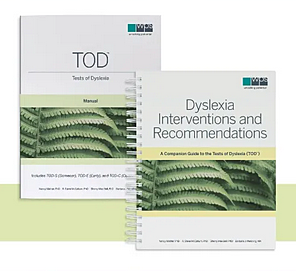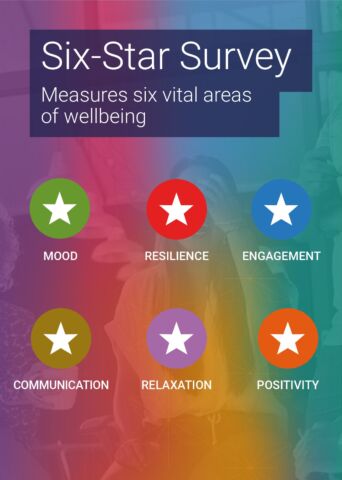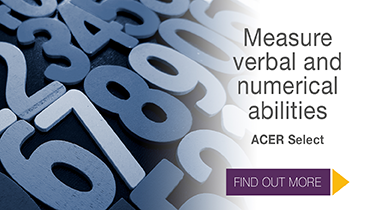- Home
- New Releases
Conners 4th Edition (Conners 4™)
Rating:0%Starting at $8.00
In stockQualification required
Conners 4th Edition (Conners 4™)
The following qualifications are required to purchase this product.- Restricted (R)
Please login or create a new account to register your qualifications. You can register within your account via My Profile > My Qualifications. For further assistance please contact ACER Sales Support Team on +61 3 9277 5656 or email sales@acer.org.
- Psychology
- Autism
- Behavioural
- Psychology
- Cognitive and Achievement
- Developmental
- Forensic Psychology
- Mental Health
- Neuropsychology
- Online Psychology Assessments
- Personality
- Emotional Intelligence
Conners 4th Edition (Conners 4™)
Rating:0%Starting at $8.00
In stockQualification required
Conners 4th Edition (Conners 4™)
The following qualifications are required to purchase this product.- Restricted (R)
Please login or create a new account to register your qualifications. You can register within your account via My Profile > My Qualifications. For further assistance please contact ACER Sales Support Team on +61 3 9277 5656 or email sales@acer.org.
- Contact
- New Releases
Conners 4th Edition (Conners 4™)
Rating:0%Starting at $8.00
In stockQualification required
Conners 4th Edition (Conners 4™)
The following qualifications are required to purchase this product.- Restricted (R)
Please login or create a new account to register your qualifications. You can register within your account via My Profile > My Qualifications. For further assistance please contact ACER Sales Support Team on +61 3 9277 5656 or email sales@acer.org.
- Teaching Practice
- Learning Areas
- Early Years
- Critical and Creative Thinking
- Direct Instruction
- General Ability
- Gifted and Talented
- Literacy
- Numeracy
- STEM
- First Nations Education
Online Cognitive Abilities Test (CogAT) & Cognitive Abilities Test (CogAT) Screening Form
Rating:0%Starting at $12.95
In stockQualification required
Online Cognitive Abilities Test (CogAT) & Cognitive Abilities Test (CogAT) Screening Form
The following qualifications are required to purchase this product.- Schools (SCH)
Please login or create a new account to register your qualifications. You can register within your account via My Profile > My Qualifications. For further assistance please contact ACER Sales Support Team on +61 3 9277 5656 or email sales@acer.org.
- Student Wellbeing
- PAT
- Parents
- Psychology
- Autism
- Behavioural
- Psychology
- Cognitive and Achievement
- Developmental
- Forensic Psychology
- Mental Health
- Neuropsychology
- Online Psychology Assessments
- Personality
- Emotional Intelligence
Conners 4th Edition (Conners 4™)
Rating:0%Starting at $8.00
In stockQualification required
Conners 4th Edition (Conners 4™)
The following qualifications are required to purchase this product.- Restricted (R)
Please login or create a new account to register your qualifications. You can register within your account via My Profile > My Qualifications. For further assistance please contact ACER Sales Support Team on +61 3 9277 5656 or email sales@acer.org.
- Special Needs
- Allied Health
- Autism Spectrum Disorder
- Counselling
- Learning Disabilities
- Occupational Therapy
- Sensory
- Social
- Speech and Language
Tests of Dyslexia (TOD™)
Rating:0%Starting at $39.00
In stockQualification required
Tests of Dyslexia (TOD™)
The following qualifications are required to purchase this product.- Bachelor's Degree
- Schools (SCH)
Please login or create a new account to register your qualifications. You can register within your account via My Profile > My Qualifications. For further assistance please contact ACER Sales Support Team on +61 3 9277 5656 or email sales@acer.org.
- Organisational Development
- Careers & Development
- Emotional Intelligence
- Online Organisational Development Assessments
- Selection
- Recruitment Resources
Adult Resilience Scale
Rating:0%Starting at $32.95
In stockQualification required
Adult Resilience Scale
The following qualifications are required to purchase this product.- Human Resources (HR)
Please login or create a new account to register your qualifications. You can register within your account via My Profile > My Qualifications. For further assistance please contact ACER Sales Support Team on +61 3 9277 5656 or email sales@acer.org.
- Professional Learning
- Research
- All CategoriesClose



















